Top Things to Know Before Buying Outdoor Putting Green Kits
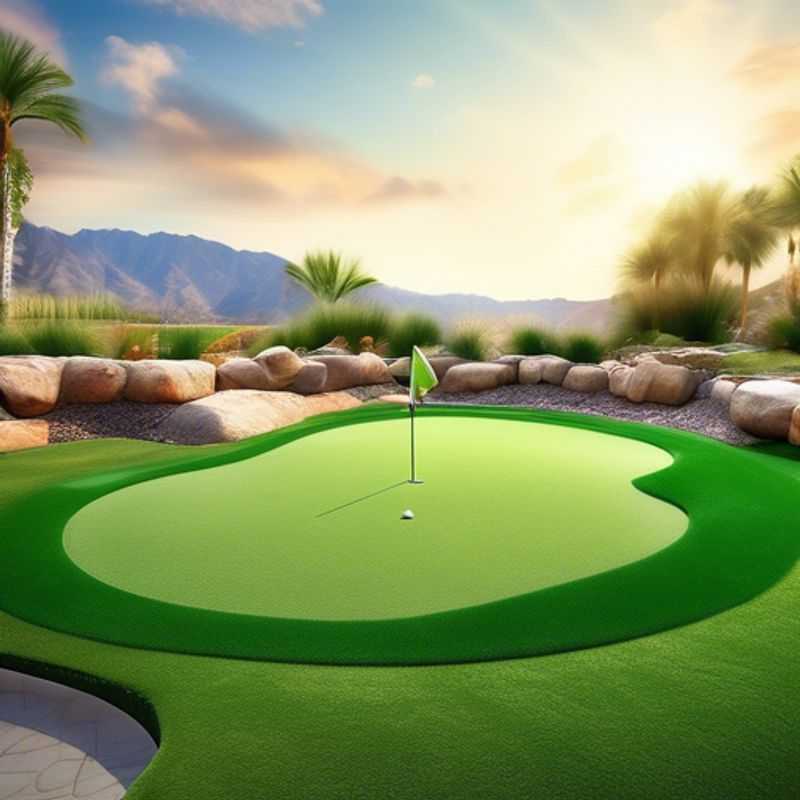
Top Things to Know Before Buying Outdoor Putting Green Kits
Investing in an outdoor putting green kit can transform your backyard into a personal golfing oasis. But before you dive into the green, there are some crucial factors to consider to ensure a satisfying and long-lasting investment.
1. Measure Your Space: The first step is to accurately measure the available space in your backyard. This will determine the size of the putting green kit you need. Remember, you'll want enough room for a comfortable putting experience, plus potential landscaping or features.
2. Material Matters:
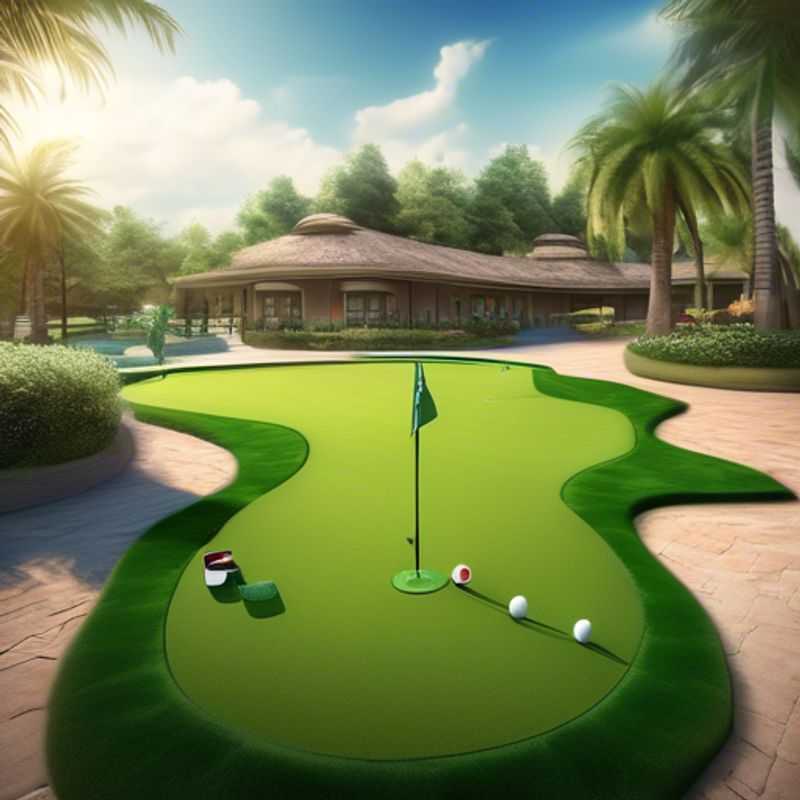
Measure for Success: Selecting the Right Putting Green Kit for Your Space
Choosing the right size putting green kit is crucial for a satisfying experience. Accurately measuring the available space is the first step.
Measure the length and width of your desired putting green area. Consider the surrounding space, potential obstacles like trees or fences, and accessibility for maintenance.
Think about the shape of your putting green. Rectangular shapes are easiest to install, while circular or oval designs require more careful planning.
Consider your budget. Putting green kits come in various sizes and materials, each affecting the price. Smaller kits are usually more affordable than larger ones.
Research different kit sizes. Many brands offer online tools to visualize different sizes and shapes within your designated space.
Factor in any potential installation costs. While some kits include installation, others require professional assistance, which could add to the overall cost.
Once you have a clear picture of your budget, the available space, and the desired shape, you can confidently select the perfect size putting green kit.
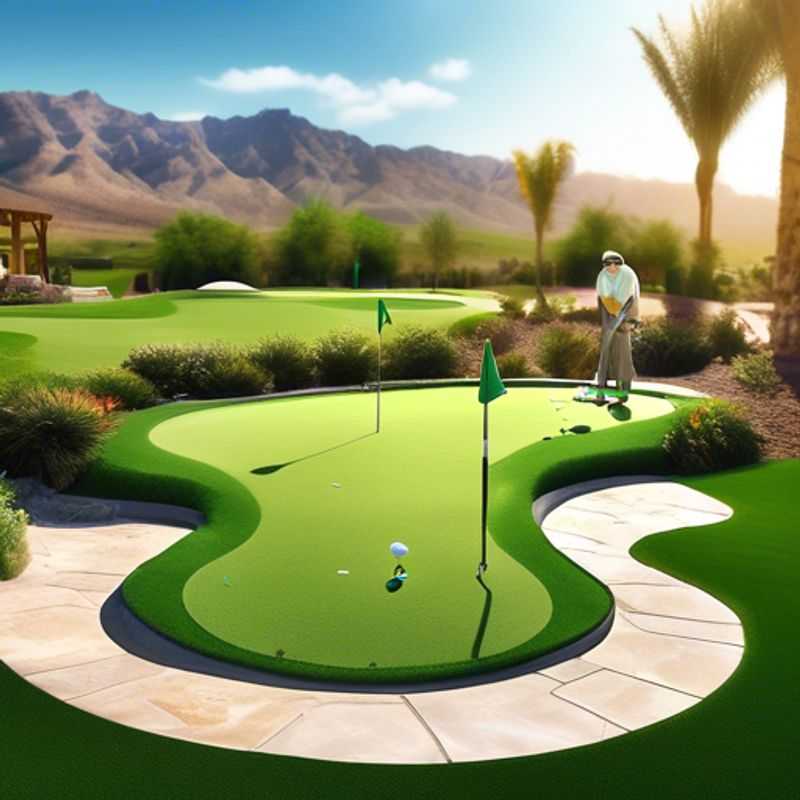
Putting Green Kits: Material and Construction Quality Matters
When choosing a putting green kit, the material and construction quality are crucial for its longevity and performance. Consider the type of artificial turf used. Some kits use high-quality synthetic grass that mimics the feel and roll of real grass, while others use cheaper alternatives that may feel less natural and wear down faster.
Examine the backing of the turf, which is the material underneath the blades. A durable backing ensures the turf stays in place and doesn't tear or fray. Also, check the density and thickness of the turf, as these factors influence the putting experience. A denser turf provides a more consistent roll, while a thicker turf offers greater durability.
Inspect the construction of the kit. Some kits offer a modular design, allowing for easy assembly and customization, while others come as a single, pre-assembled unit. Assess the quality of the supporting frame and edging. A sturdy frame ensures the green remains level and stable, while durable edging prevents the turf from fraying and keeps it looking neat.
Consider the installation process. Some kits offer simple DIY installation, while others require professional assistance. Factor in the cost of any additional materials or labor needed. Ensure the kit comes with detailed instructions and any necessary tools for installation.
Research reviews and compare different kits before making a purchase to get an idea of their durability and performance. While higher-quality kits may come at a premium price, they often offer a better putting experience and last longer, making them a more economical choice in the long run.

DIY Done Right: Choosing Easy-to-Install, Low-Maintenance Kits
When selecting a kit, prioritize ease of installation. Look for kits with clear instructions, pre-assembled components, and user-friendly tools. This minimizes installation time and reduces the risk of errors. Consider kits designed for DIY enthusiasts or those with limited technical expertise.
Minimal maintenance is another crucial factor. Opt for kits with durable materials, self-cleaning features, and long-lasting components. These features reduce the frequency and cost of repairs, ensuring long-term efficiency and sustainability. Look for kits with warranties to provide peace of mind and protection against unexpected repairs.
Remember to factor in the potential cost of professional installation or maintenance if you're unsure about your DIY skills. A professional can provide expert advice and ensure proper installation, potentially saving you time and hassle in the long run. Get quotes from multiple professionals to compare pricing and services.
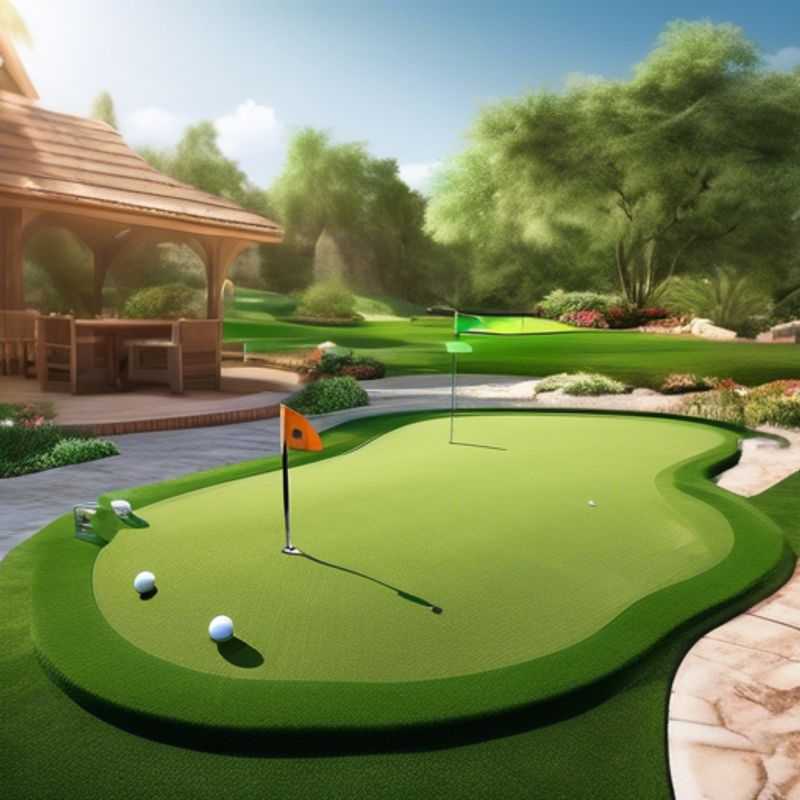
Building a Durable Putting Green: Choosing Weather-Resistant Kits for Outdoor Use
Choosing a putting green kit designed for outdoor use and weather resistance is essential for long-term enjoyment and performance. Here are some key factors to consider:
Materials: Opt for kits made from durable, weather-resistant materials like synthetic turf. Look for materials with UV protection to prevent fading and degradation from sunlight.
Drainage: Ensure the kit features a drainage system to prevent waterlogging and ensure proper surface conditions. This is crucial for maintaining the putting green's quality and preventing damage.
Installation: Consider the installation process and whether it requires specialized tools or expertise. Look for kits with clear instructions and support. Some kits may require professional installation, which should be factored into the overall cost.
Maintenance: Understand the required maintenance for the specific kit. Regular brushing, cleaning, and occasional repairs are essential for long-term performance.
Cost: Outdoor putting green kits come in a range of prices depending on size, material, and features. Be sure to factor in the cost of installation, maintenance, and potential repairs.
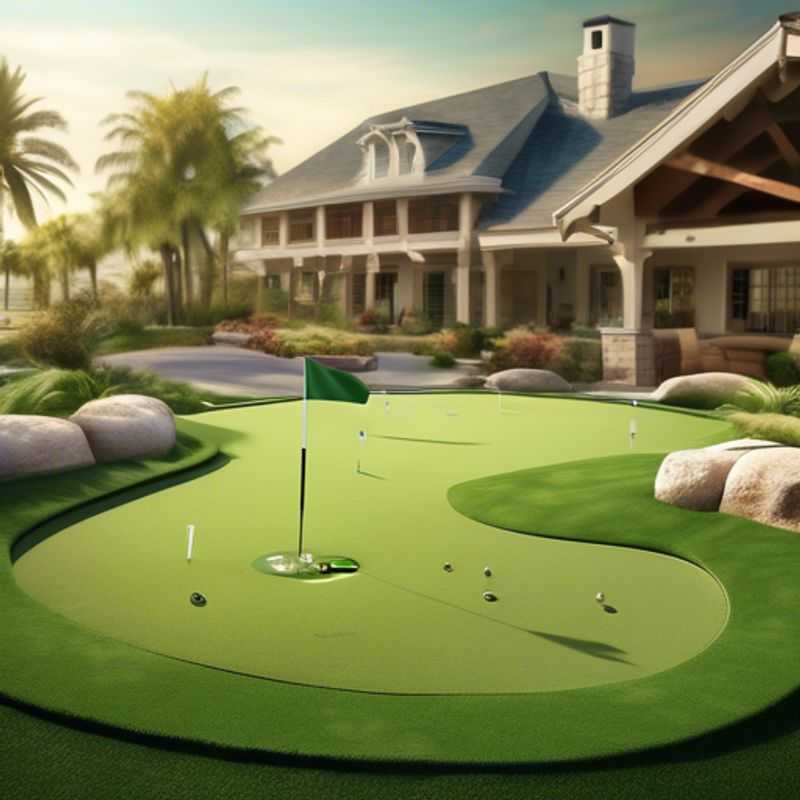
Putting Green Kits: Don't Forget the Accessories!
When considering a putting green kit, it is crucial to check for included accessories such as cups, flags, and ball retrievers. These accessories enhance the overall experience and functionality of your putting green. Typically, a complete kit will come with at least one or two cups and flags, which are essential for practicing your putting skills effectively. Additionally, a ball retriever can save time and effort, allowing for a more enjoyable practice session.
When estimating costs, be aware that some kits may not include these accessories, leading to additional expenses if purchased separately. Prices for cups and flags can vary, but you might expect to pay around $10 to $30 for a set. A ball retriever is generally priced between $15 and $25. Therefore, always verify the contents of the kit before making a purchase to avoid unexpected costs.
In summary, always confirm the inclusion of accessories in your putting green kit to ensure a complete setup for your practice needs. This will not only enhance your experience but also help you budget more accurately for your golfing practice.
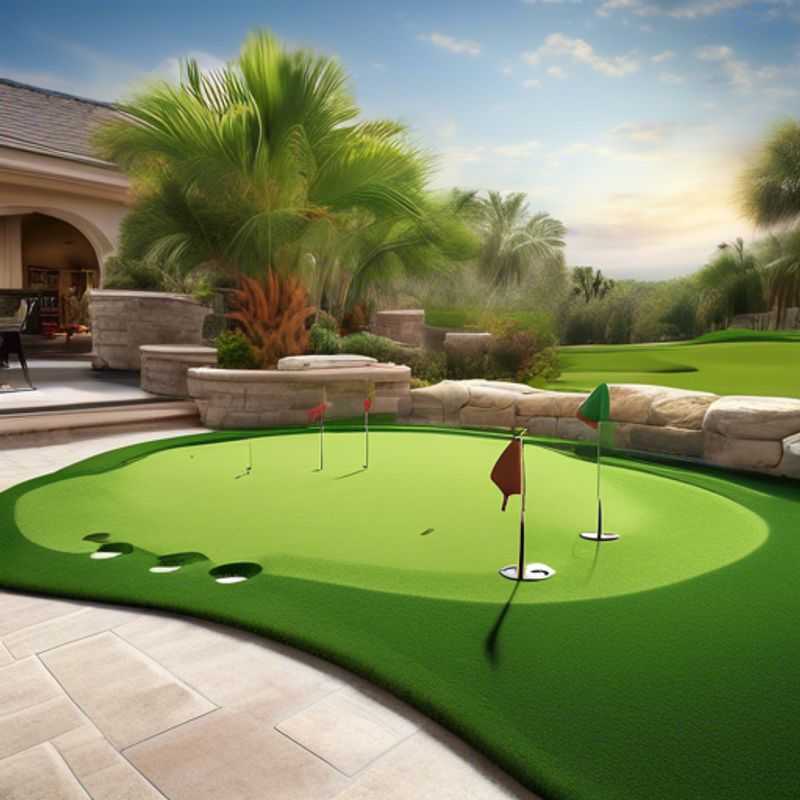
Beyond the Price Tag: Researching Brand Reputation and Customer Reviews
Before buying a product, researching the brand reputation and customer reviews is crucial for making an informed and potentially money-saving decision. A brand's reputation reflects its track record, customer satisfaction, and overall trustworthiness. You can leverage online resources like review websites (e.g., Amazon, Trustpilot, Yelp) and social media platforms (e.g., Twitter, Facebook) to gather insights from real users. Analyzing customer reviews provides valuable information about product quality, durability, and potential issues. Be mindful of biased reviews or those lacking details, as these can skew your perception. A good rule of thumb is to look for consistent feedback across multiple platforms. By taking the time to research, you can avoid potential pitfalls and confidently purchase products from reliable brands.
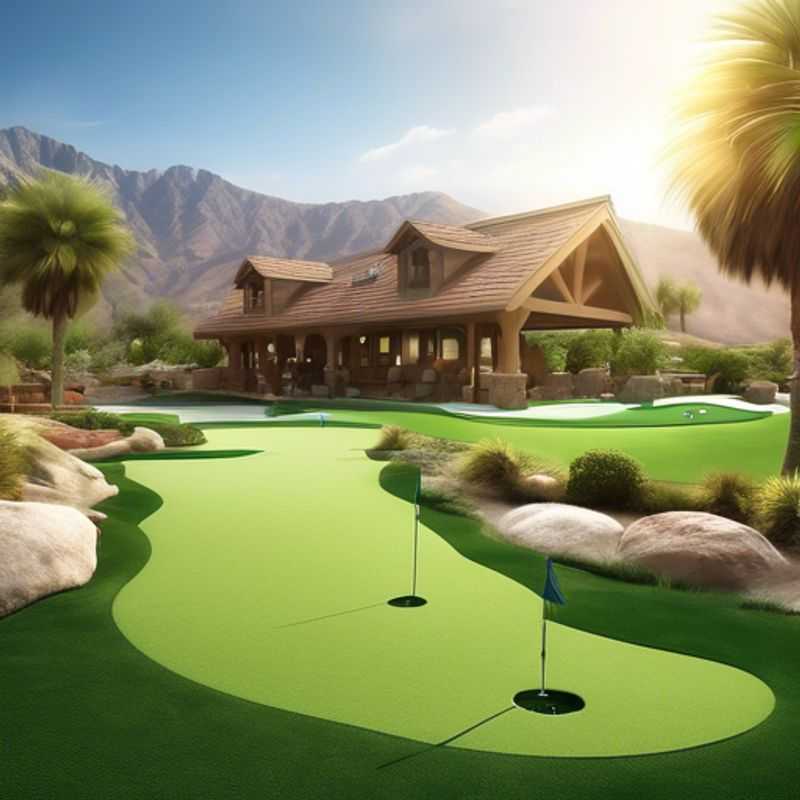
Don't Forget the Extras: Factor in Installation Costs
When planning a project, it's crucial to factor in the cost of any additional materials or tools needed for installation. This often gets overlooked but can significantly impact the final budget. To avoid surprises, create a detailed list of required items, even seemingly small ones.
Consider: fasteners, adhesives, sealants, protective gear, cleaning supplies, and even tools like screwdrivers, wrenches, or specialized equipment. These seemingly small items can add up quickly. Don't underestimate the importance of researching and budgeting for them upfront.
Remember, the cost of materials and tools is just one aspect of the overall project. Factor in labor costs, permits, and potential waste disposal fees. A well-planned budget takes into account all these elements, leading to a more efficient and successful project.
